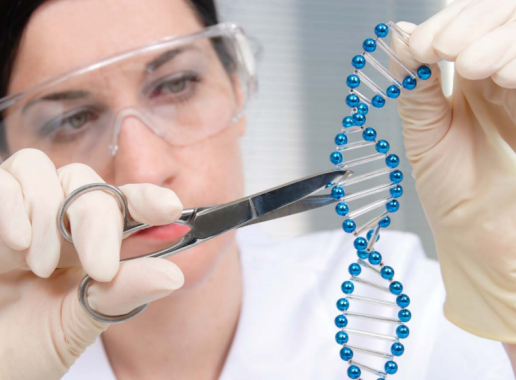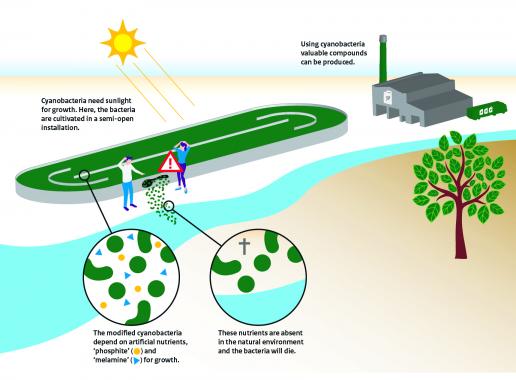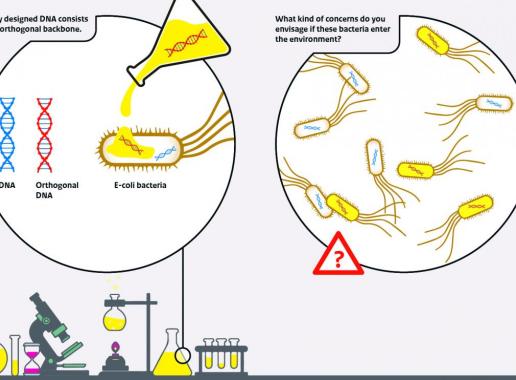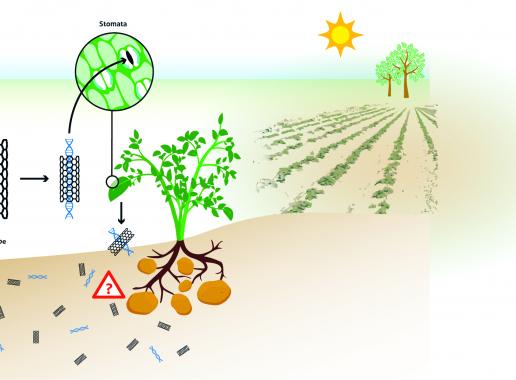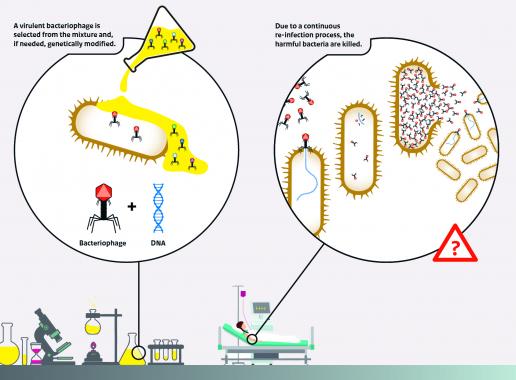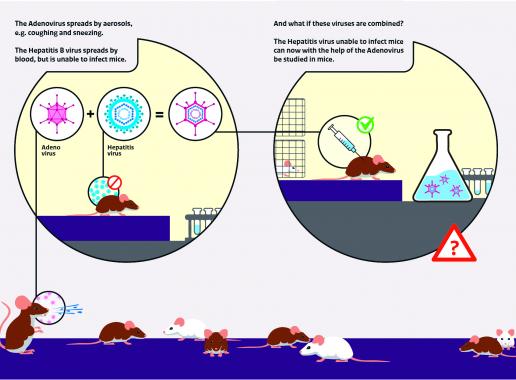The case material is presented as in depth material for students and researchers to help address a range of safety issues, and apply Safe-by-Design in the field of biotechnology.
Five cases intended to stimulate group discussions, are available in different expertise fields of biotechnology. Each case is comprised of background information to the case and suggestions for group discussions. Specific to teachers, a guidance document is available for providing background information on the use of the case material, biosafety and safe-by-design in biotechnology.
Contact information
For more information on the educational materials, please contact us at: sbdbiotechnologie@rivm.nl
